The Chinese Bixi, part of the fascinating realm of Chinese mythology and art, are monumental stone sculptures depicting tortoises carrying steles (stone or wooden slabs, often inscribed) on their backs. These creatures are among the Nine Sons of the Dragon, each with its own unique characteristics and roles within Chinese cultural symbolism. The Bixi, known for its strength and endurance, became a popular motif for memorializing important texts, edicts, and commemorations in stone, serving both a practical function in preserving these documents and a symbolic one in representing longevity and stability.
Get your dose of History via Email
Examples of Chinese Bixi
The oldest known examples of Bixi date back to the Han Dynasty (206 BC – 220 AD), although the tradition of inscribing stones with important texts is even older. The use of Bixi as a base for these inscriptions became particularly prominent during the Tang Dynasty (618–907 AD) and continued through the Ming (1368–1644 AD) and Qing (1644–1912 AD) dynasties, reflecting their enduring significance in Chinese culture.
There are numerous notable examples of Bixi across China and in other countries with historical Chinese influence. Here are a few significant ones:
The Shou Qiu monument: Located near Qufu, Shandong Province, this is believed to be one of the oldest stone turtles with a stele, dating back to the Han Dynasty. It is associated with the legend of the Yellow Emperor’s ascension to heaven.
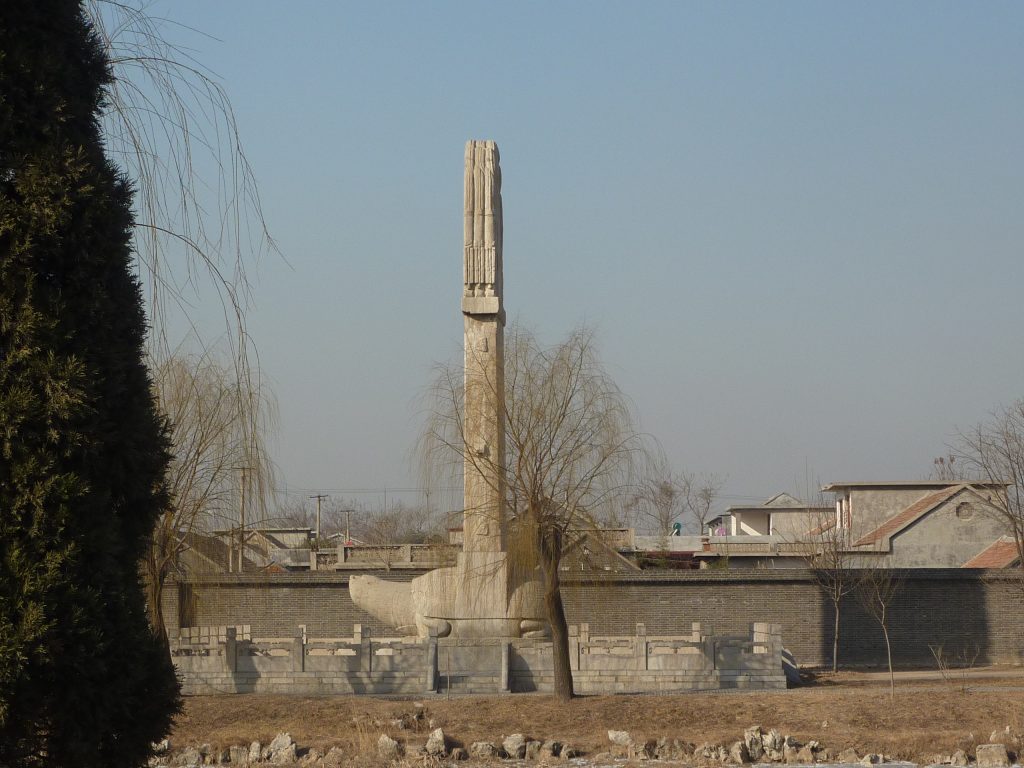
The Stele of Xiao Dan: Dating from the Tang Dynasty, this stele, carried by a Bixi, is located in the Xi’an Beilin Museum. It commemorates Xiao Dan, the younger brother of Emperor Taizong, and is a fine example of the artistry of Tang Dynasty steles.
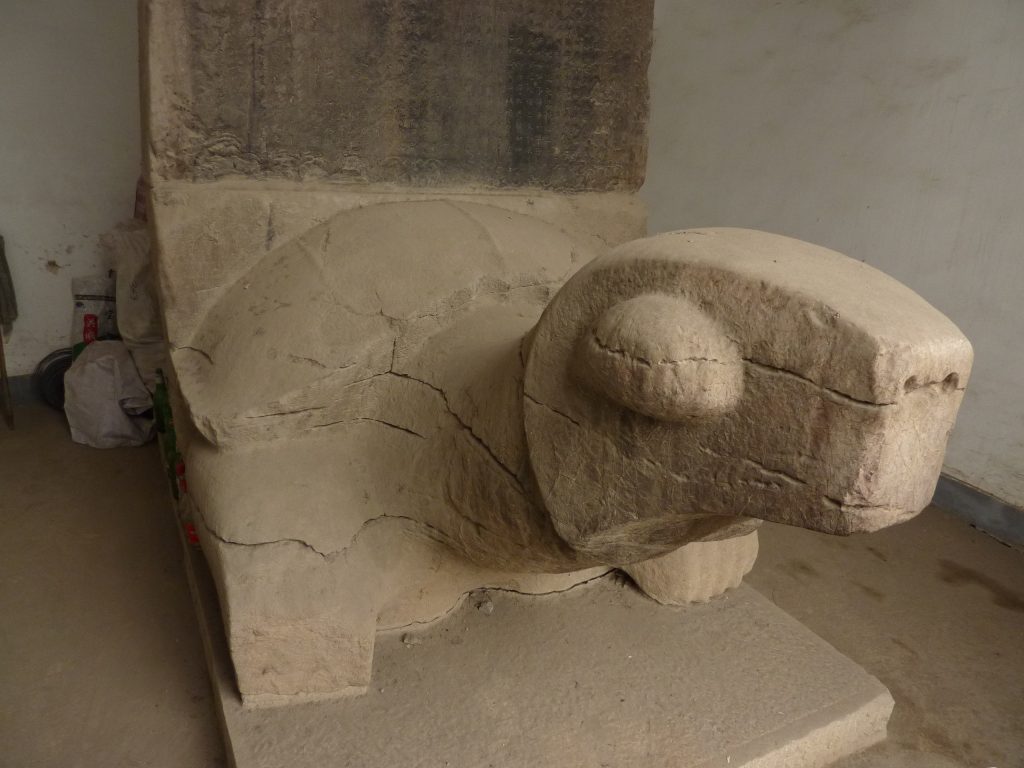
The Kangxi Emperor’s steles at the Three Hills and Five Gardens: Several Bixi-carried steles were erected by the Kangxi Emperor during the Qing Dynasty, showcasing the emperor’s literary achievements and commemorations of his inspections and renovations of the Imperial Gardens.
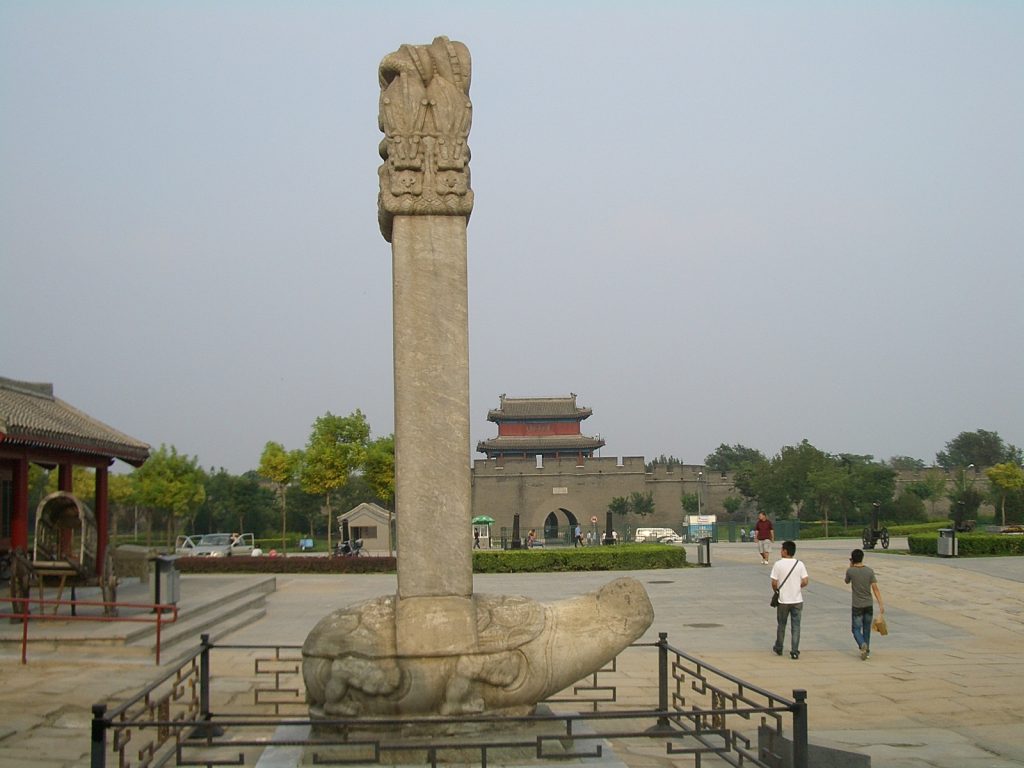
Sifangcheng Bixi (The Hongwu Emperor’s Mausoleum): Located within the Ming Xiaoling Mausoleum complex in Nanjing, Jiangsu Province, this Bixi is part of the memorial dedicated to the Hongwu Emperor, the founder of the Ming Dynasty (1368–1644 AD). The Sifangcheng pavilion houses a large stone tortoise carrying a stele with an inscription written by the Yongle Emperor, commemorating his father, the Hongwu Emperor. This Bixi is notable for its historical significance and its role in the veneration of one of China’s most influential emperors.
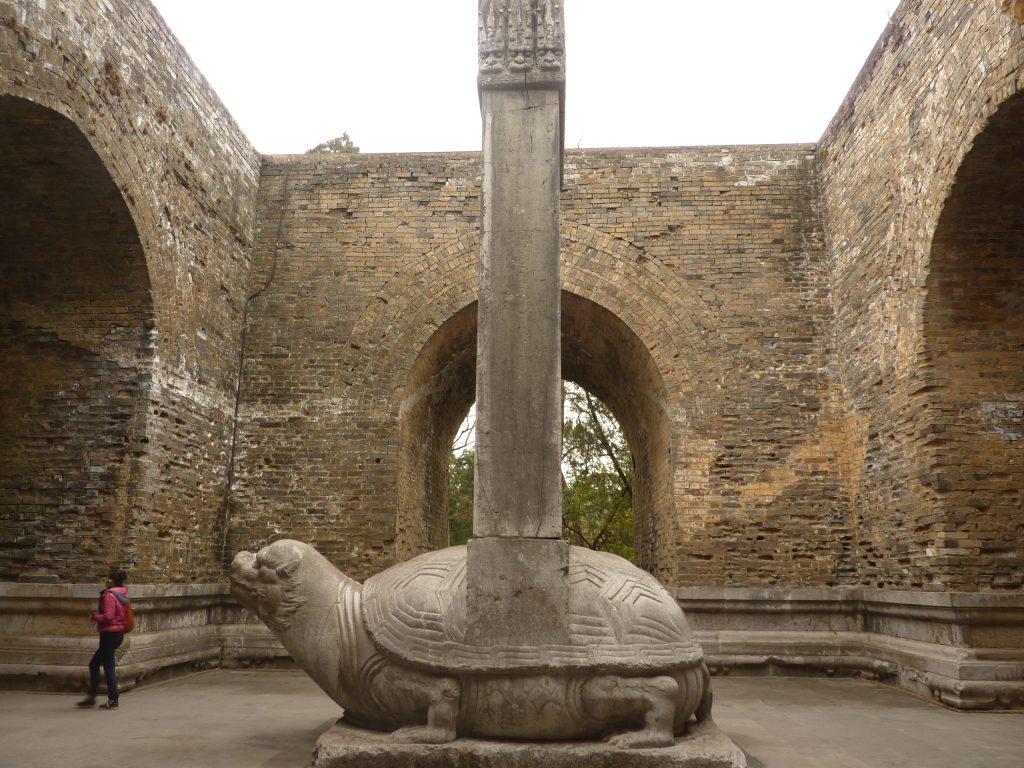
The Shengong Shengde Stele: Erected during the reign of the Kangxi Emperor in the Qing Dynasty (1644–1912 AD), this stele is located at the Temple of Heaven in Beijing. The Bixi supports a stele inscribed with text that praises the achievements and virtues of the Kangxi Emperor, particularly focusing on his contributions to agriculture and his benevolent rule. It is a testament to the emperor’s legacy and his perceived divine mandate to govern.
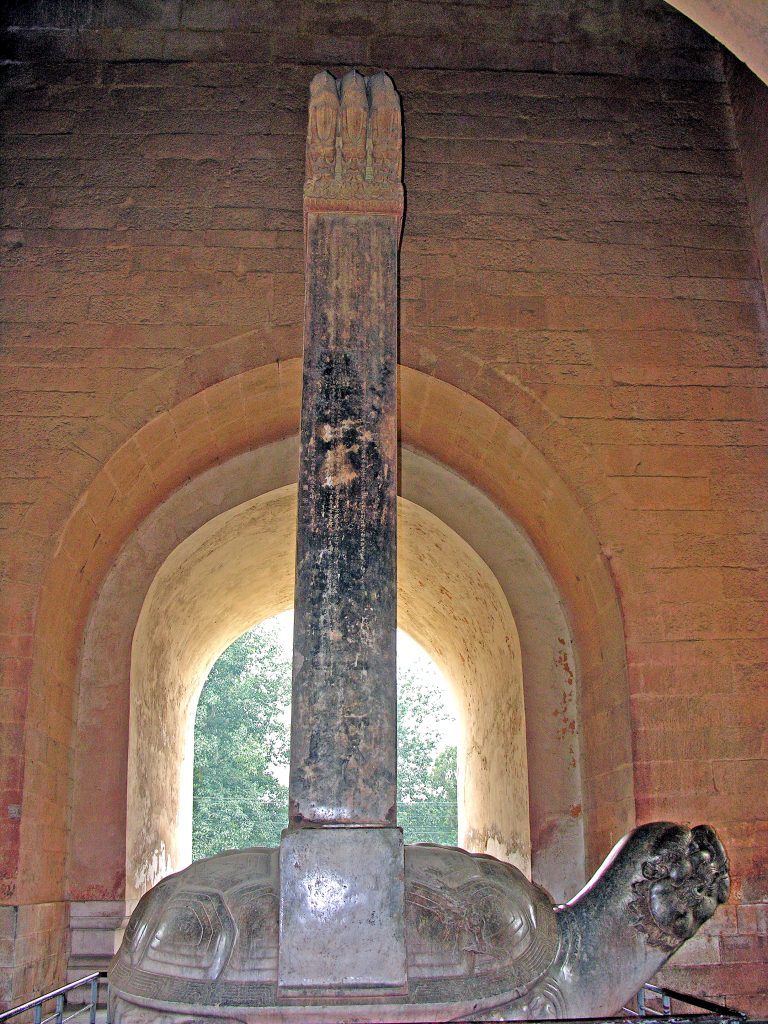
Tomb of Xiao Xiu Stele: The Tomb of Xiao Xiu, located in Qixia District, Nanjing, Jiangsu Province, features a Bixi from the Southern Qi Dynasty (479–502 AD). Xiao Xiu was a prince of the Liang Dynasty, and his tomb is one of the best-preserved sites from this period. The stele, known for its historical and artistic value, provides insight into the early use of Bixi for memorial purposes.
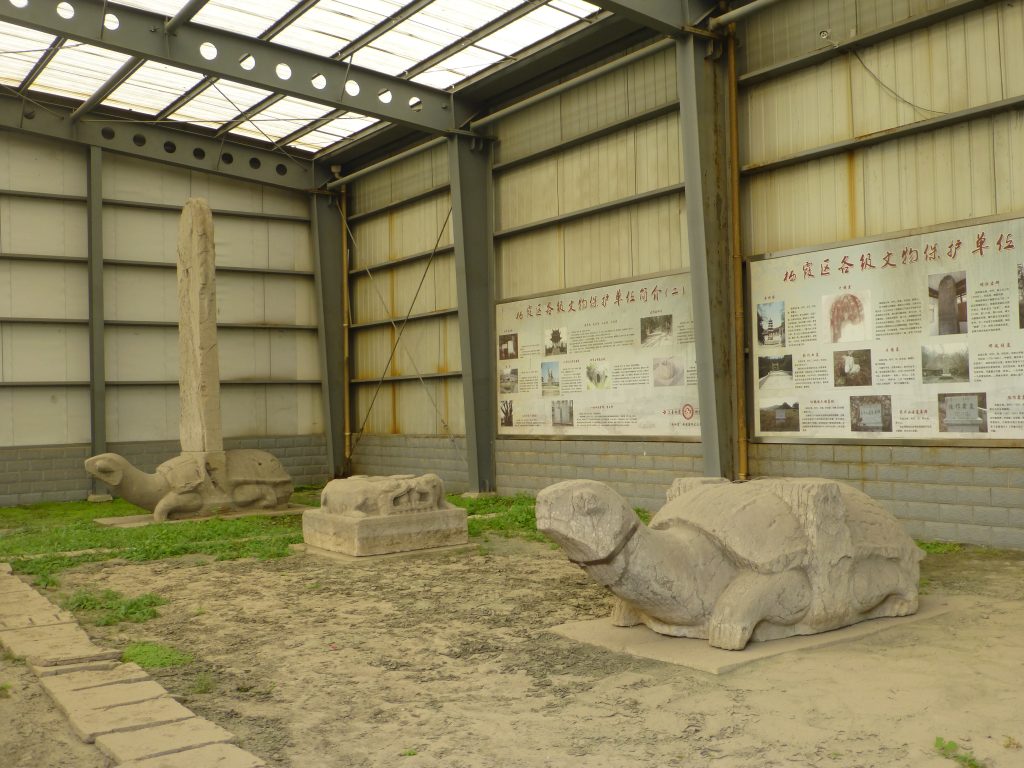
The Hongwu Emperor’s Mausoleum: As mentioned with the Sifangcheng Bixi, the entire mausoleum complex of the Hongwu Emperor is a significant cultural and historical site. The use of Bixi here underscores the importance of these creatures in Ming Dynasty funerary art and the veneration of emperors.
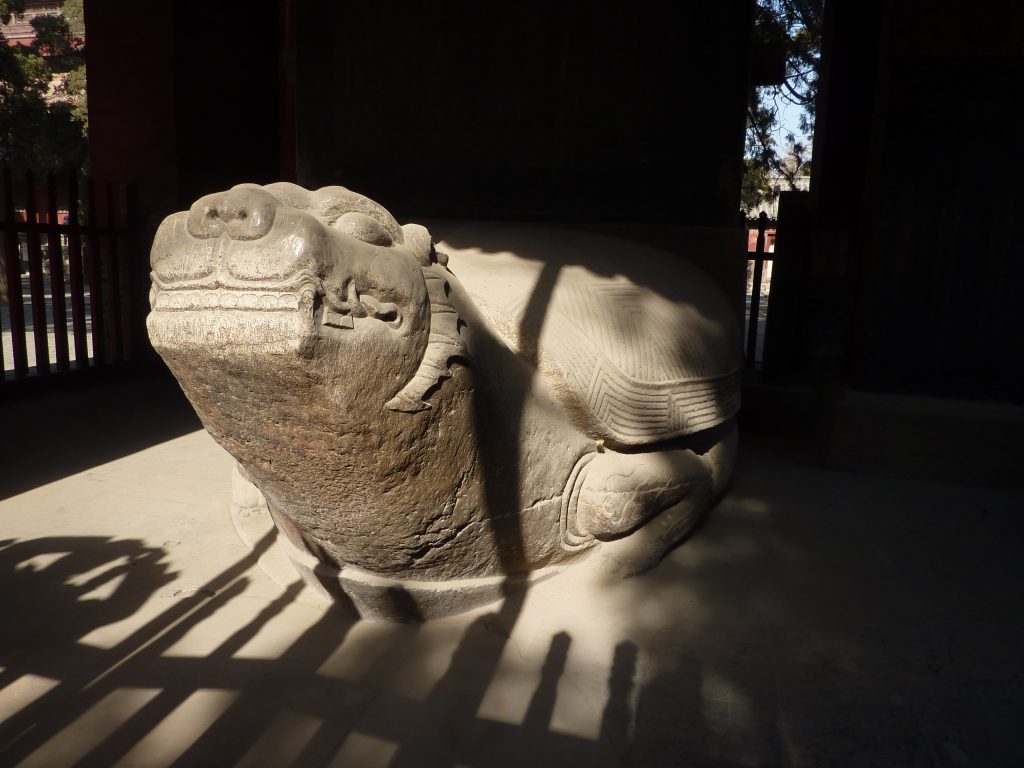
The Kangxi Emperor’s Stele: at the Ming Xiaoling Mausoleum, Nanjing
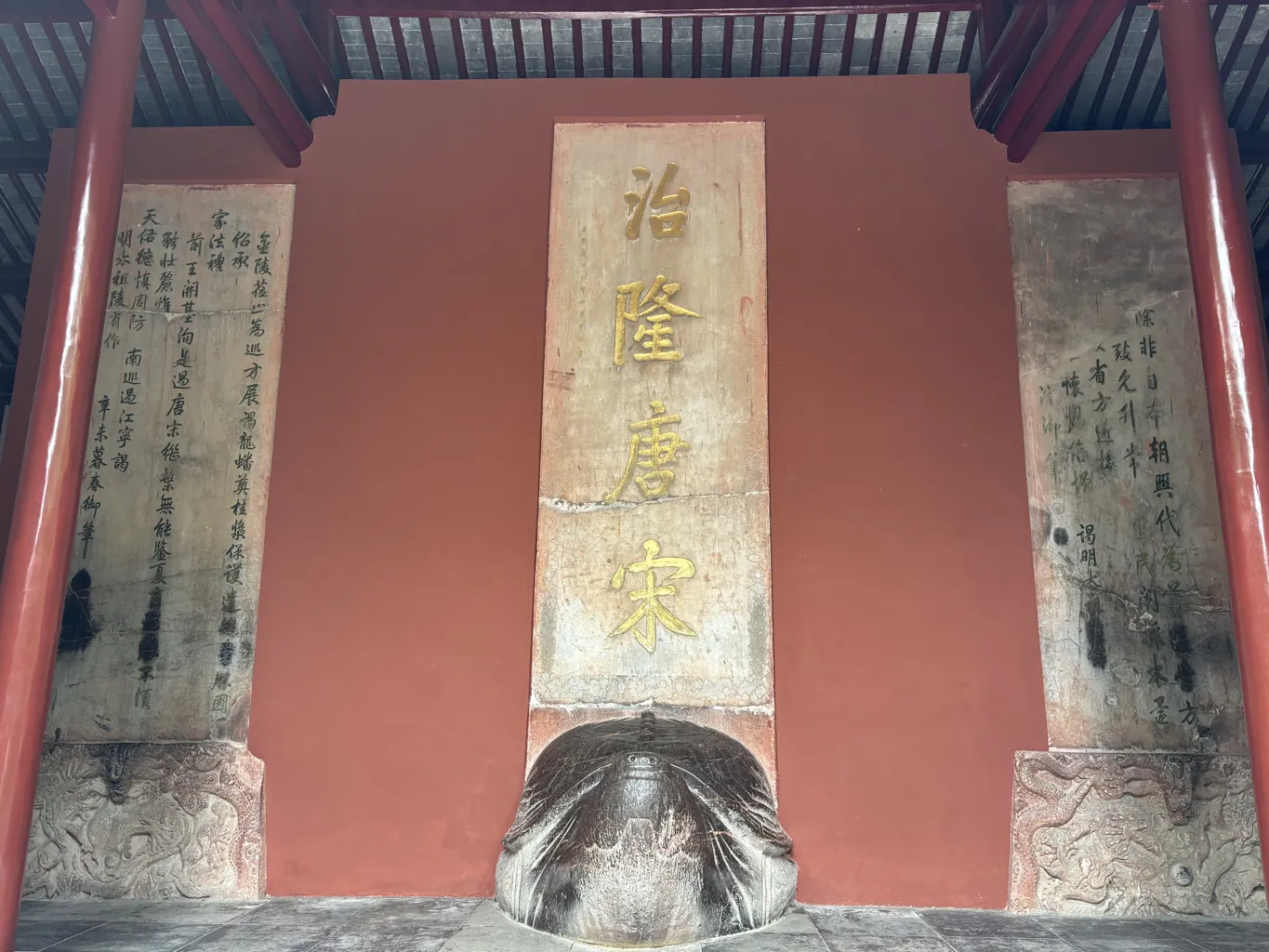
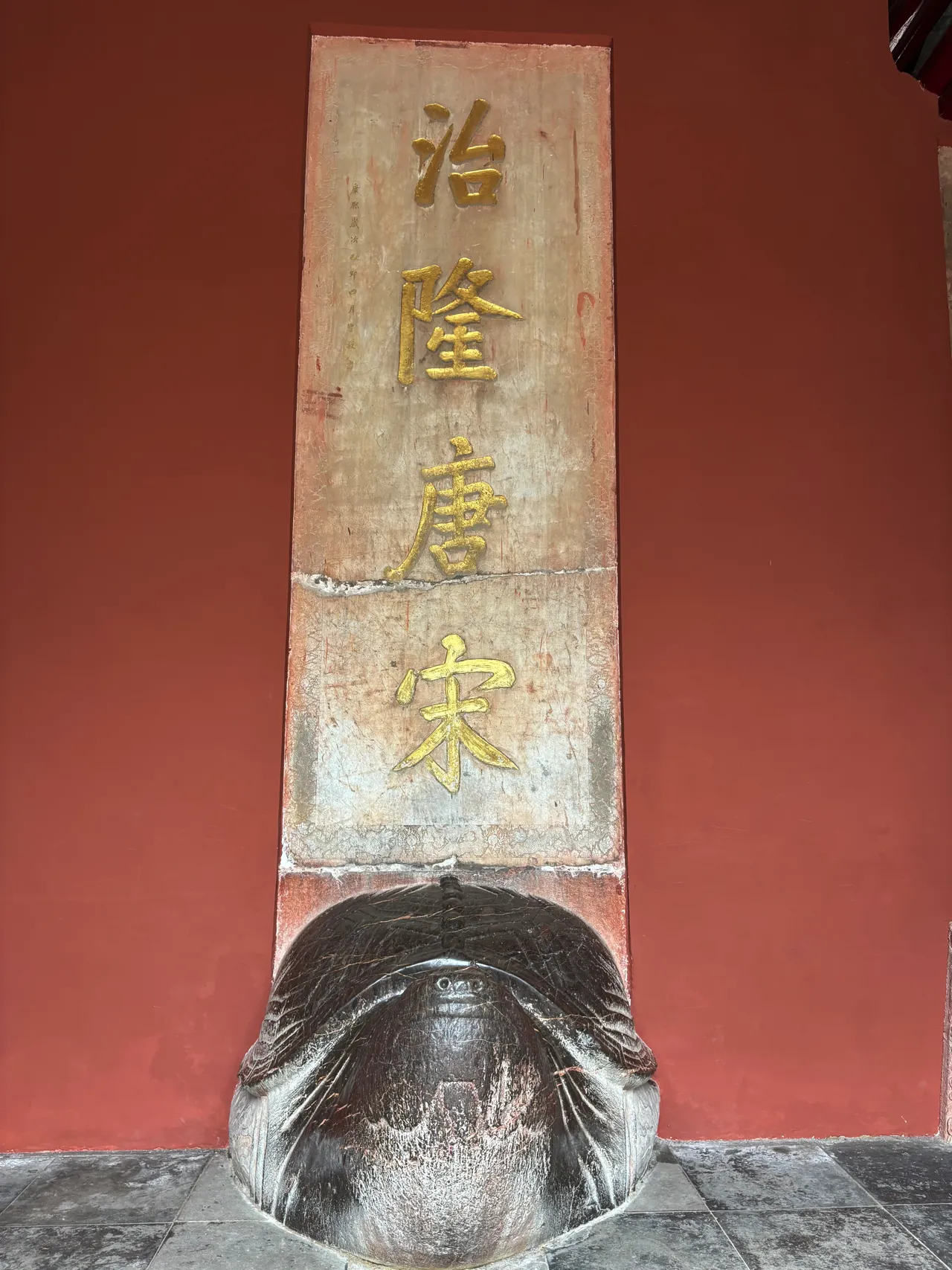
Overseas examples: Bixi sculptures can also be found outside of China, in places with historical Chinese influence or where Chinese diaspora communities have settled. For instance, the Turtle Stele in Hanoi, Vietnam, commemorates a 15th-century military victory and is a prominent example of the Bixi’s cultural export.
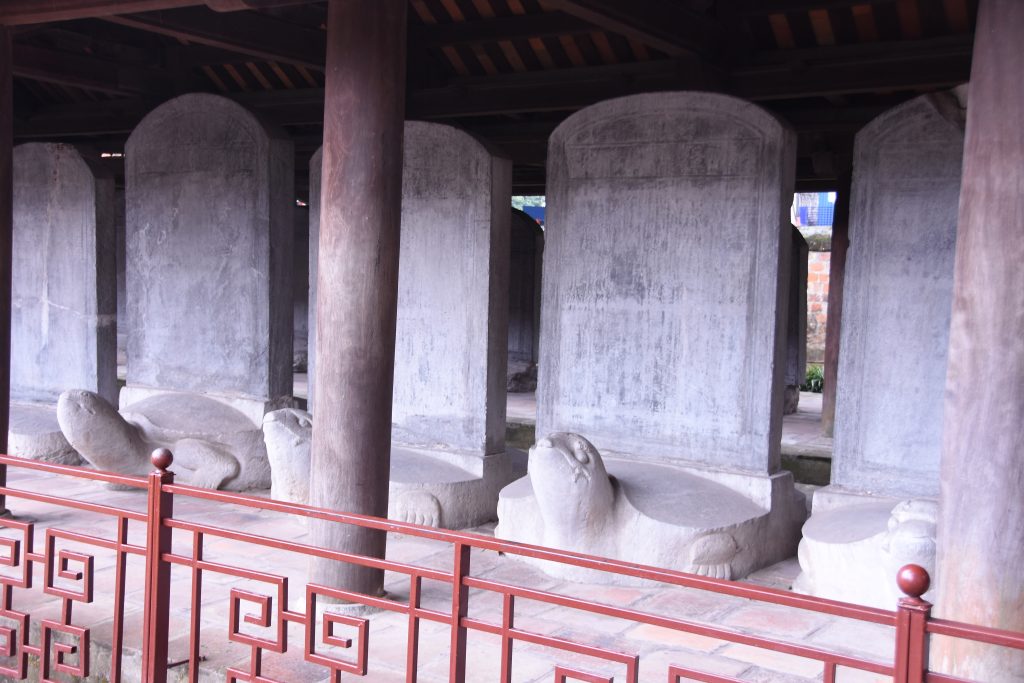
The exact number of Bixi is difficult to ascertain due to their widespread use over centuries and across various regions. However, these examples represent some of the most historically significant and artistically accomplished Bixi, illustrating the depth of this tradition within Chinese cultural heritage.
Sources
Wikipedia: https://en.wikipedia.org/wiki/Bixi

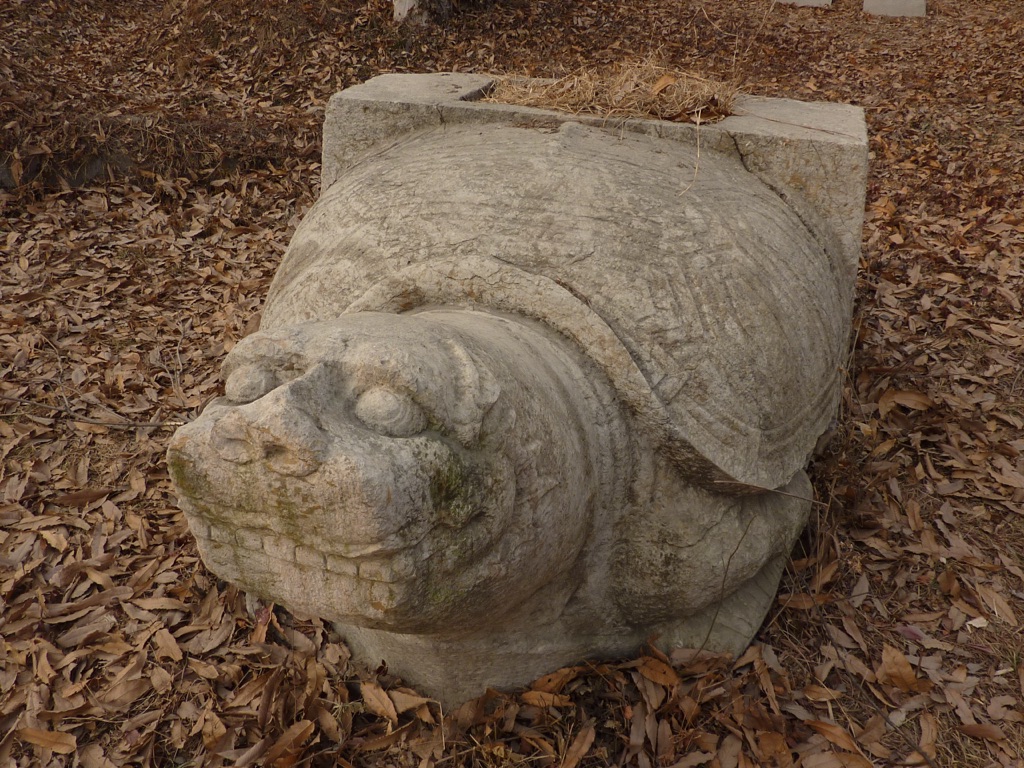
A really unique piece of Chinese history to explore . Beautiful art. I’m glad I discovered it.